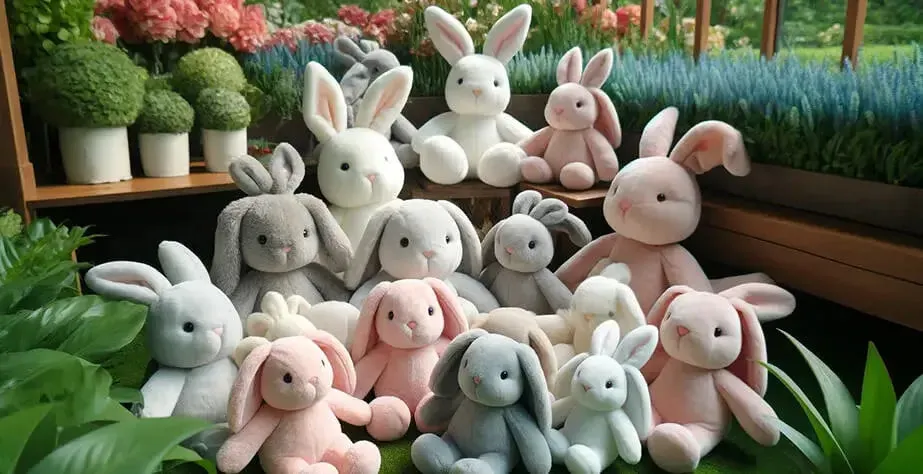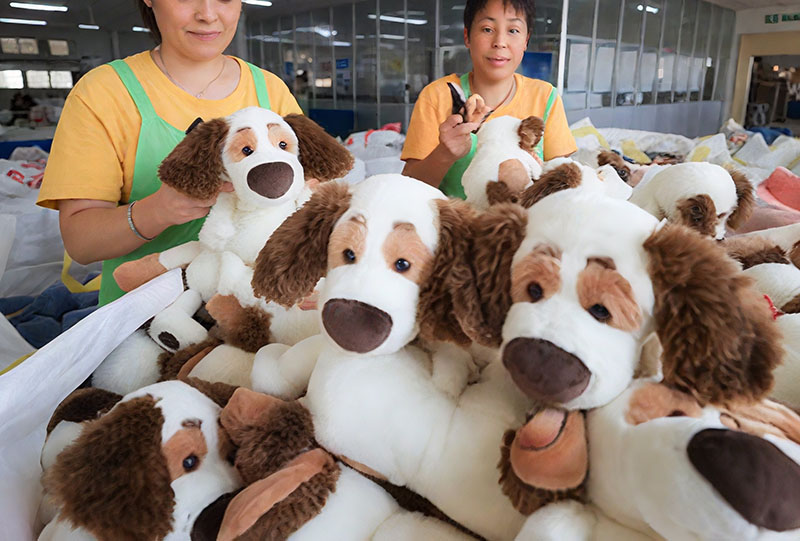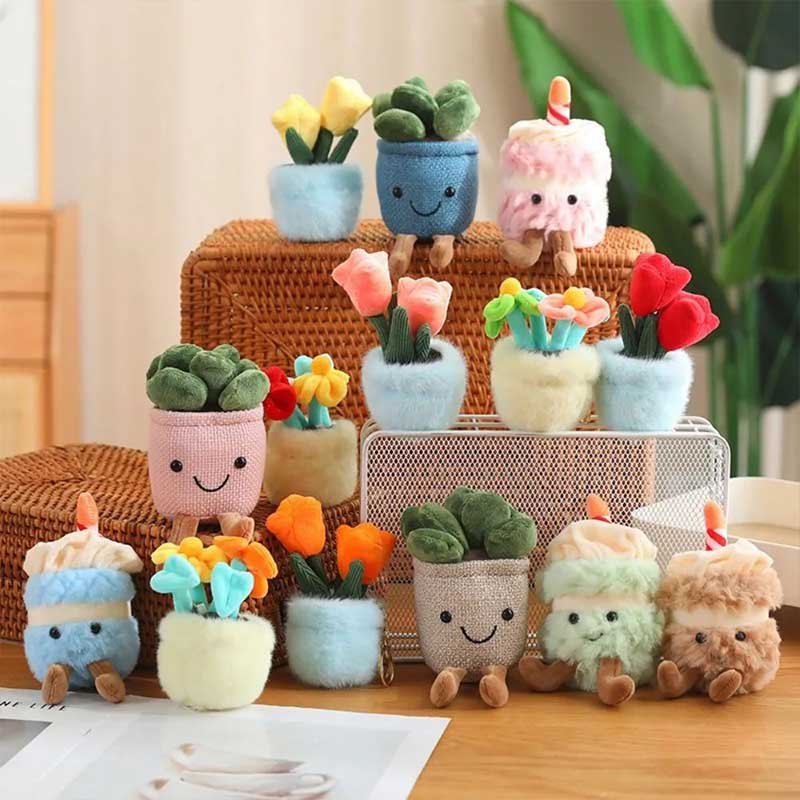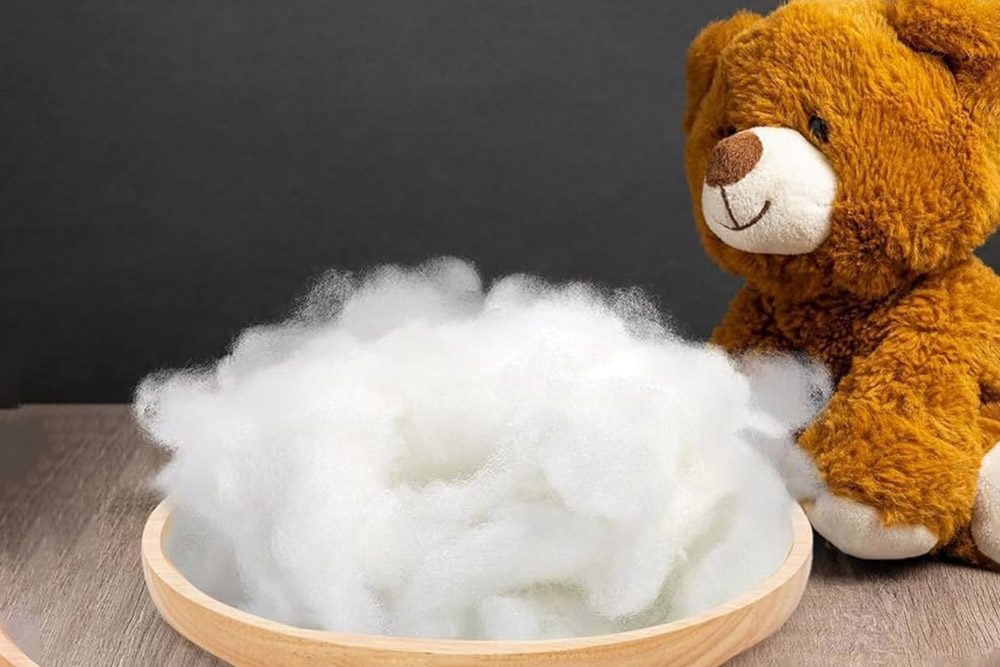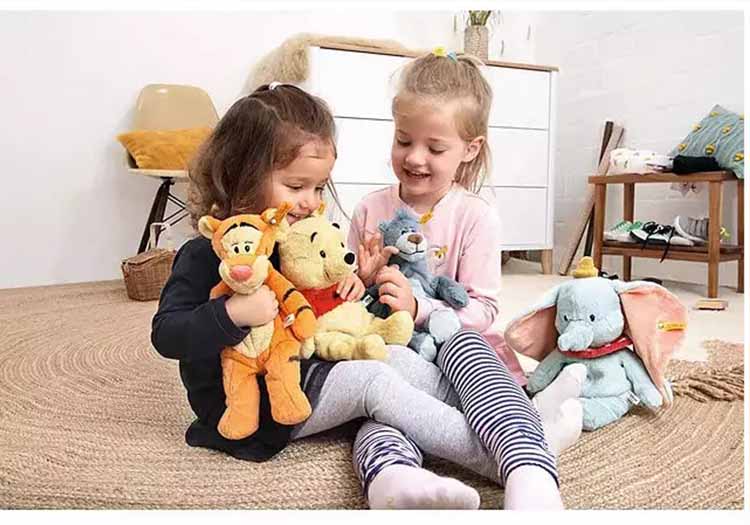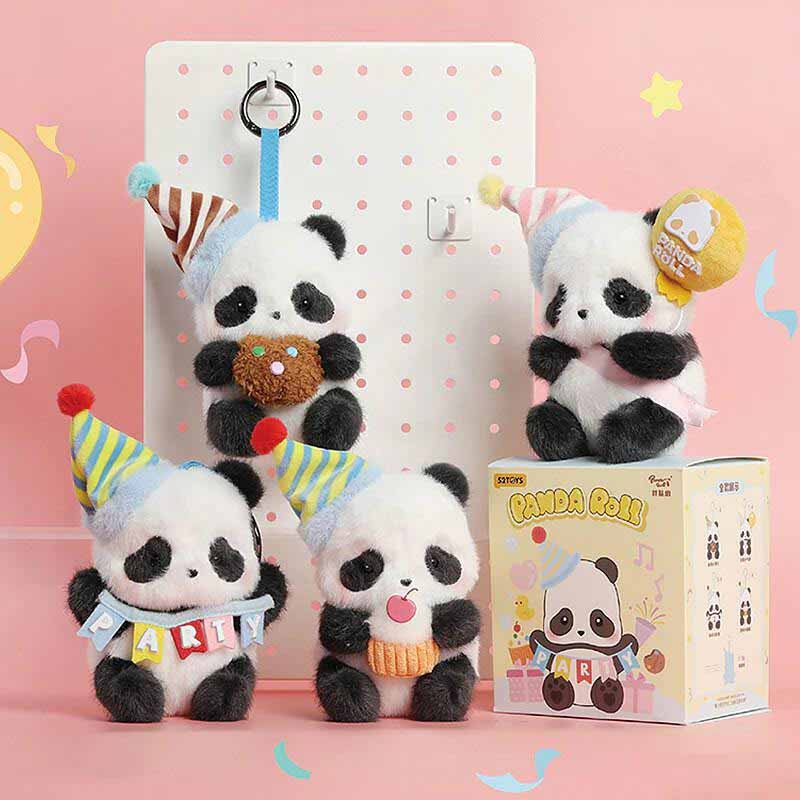The words “plush” and “plushie” often appear in the toy industry, but they are not always used in the same way.
Plush and plushie both describe soft stuffed toys, but their meanings differ slightly. “Plush” is a broader term for toys made of plush fabric, used in retail and manufacturing. “Plushie” is a more casual, consumer-driven term, often linked to online culture, collectors, or younger demographics. Understanding these differences helps buyers and brands communicate clearly.
For global sourcing, distinguishing between these two words can strengthen branding and marketing strategies.
What Is the Definition of Plush vs. Plushie in the Toy Industry?

In the toy industry, “plush” is a professional term for any soft toy made with plush fabric, such as stuffed animals, dolls, or cushions. “Plushie” is a slang term consumers use to describe plush toys, especially in fan communities and younger audiences.
Manufacturers, wholesalers, and retailers prefer “plush” because it is more formal and fits product catalogs, certifications, and sourcing documents. On the other hand, “plushie” has grown popular through online forums, anime communities, and collector groups. Brands targeting niche or youth-driven markets often adopt “plushie” in marketing.
| Term | Industry Meaning | Typical Users | Context |
|---|---|---|---|
| Plush | Professional term for plush toys | Manufacturers, retailers | Catalogs, sourcing, B2B |
| Plushie | Informal, fan-driven word | Collectors, youth, communities | Social media, fandoms |
How Do Materials and Design Features Differ Between Plush and Plushie?

Both plush and plushie toys use similar fabrics—short plush, velboa, fleece—and fillings like polyester fiberfill or beads. However, plush is often associated with general products, while plushie suggests character-driven or stylized designs.
For example, a teddy bear in a retail store may be labeled as a “plush,” while a character from an anime series with oversized eyes or cute features is often called a “plushie.” Plushies may also include more playful elements, such as embroidered expressions, bright colors, or fandom-inspired details.
| Category | Plush | Plushie |
|---|---|---|
| Fabrics | Plush fabric, velboa, fleece | Plush fabric, velboa, fleece |
| Filling | Polyester fiberfill, foam, beads | Polyester fiberfill, microbeads |
| Design | General toys (bears, animals) | Character-driven, stylized, fandom-focused |
Are There Variations in Manufacturing Processes for Plush vs. Plushie?

Plush toys are made with standard manufacturing processes: pattern creation, cutting, sewing, stuffing, and finishing. Plushies often require more customized detailing, such as embroidery, accessories, or specific proportions to match fan expectations.
For example, a plush manufacturer might mass-produce 50,000 teddy bears for a retailer, while a plushie order may involve 5,000 stylized character toys for a gaming brand. Factories adjust processes by increasing hand-sewing for details, using smaller MOQs, or adding printing techniques for plushie customization.
| Process | Plush | Plushie |
|---|---|---|
| Pattern making | Standard body shapes | Custom proportions |
| Sewing | Machine-focused | More hand-sewn details |
| Accessories | Simple add-ons | Character-based clothing or props |
| MOQ (typical) | 5,000–50,000 pcs | 500–10,000 pcs |
How Do Regional Language and Cultural Trends Influence the Use of Each Term?

In North America and Europe, “plush” is widely used in catalogs, retail packaging, and sourcing. “Plushie” is stronger in online communities, Japanese markets, and among collectors. In Asia, the word “plushie” often appears alongside anime or game merchandise.
This variation impacts branding. A U.S. toy retailer may describe its products as “plush toys” for parents shopping for children, while a Japanese e-commerce store may promote “plushies” to appeal to fans of specific characters. Brands targeting Gen Z often lean toward “plushie” because of its casual, affectionate tone.
| Region | Preferred Term | Consumer Group | Example |
|---|---|---|---|
| USA/Europe | Plush | Parents, general retail | “Plush toy section” in stores |
| Japan/Asia | Plushie | Fans, anime collectors | Character plushies from shows |
| Online / Global | Plushie | Youth, communities | Social media hashtags |
What Are the Key Differences in Consumer Perception and Market Positioning?

“Plush” conveys professionalism, safety, and a broad toy market appeal. “Plushie” feels playful, personal, and more connected to collectors or fan-driven segments.
For businesses, this means “plush” works best in formal channels—catalogs, B2B deals, and mass retail. “Plushie” creates engagement in niche markets, online promotions, and communities that value emotional connection over formality.
| Aspect | Plush | Plushie |
|---|---|---|
| Tone | Professional, broad market | Casual, fan-driven |
| Market | Retailers, wholesalers, B2B | Collectors, niche buyers |
| Branding | Trust, safety, compliance | Playfulness, identity, fandom |
How Should Buyers Choose Between Using the Term Plush or Plushie in Their Business?

Choosing depends on the buyer’s target audience and channel.
Buyers serving mainstream retail or international markets should use “plush,” as it aligns with compliance, product catalogs, and sourcing documentation. For businesses focusing on fandoms, online stores, or custom character merchandise, “plushie” may be more effective.
If a brand is selling plush animals in Walmart or Carrefour, the term “plush” creates professionalism and clarity. But if the same brand launches a limited-edition anime mascot, calling it a “plushie” can increase connection with collectors.
| Business Type | Recommended Term | Reason |
|---|---|---|
| Retail chains | Plush | Matches catalogs & safety docs |
| Promotional buyers | Plush | Professional, safe image |
| Anime/game merch | Plushie | Matches fan expectations |
| Online niche brands | Plushie | Engages younger audiences |
Conclusion
Plush and plushie both mean soft toys, but their usage differs by context, culture, and audience. At Kinwin, we help buyers source safe, customized plush products that fit their markets—whether you call them plush toys or plushies.
Contact me, Amanda, at [[email protected]], or visit https://kinwintoys.com to discuss your next plush project.


